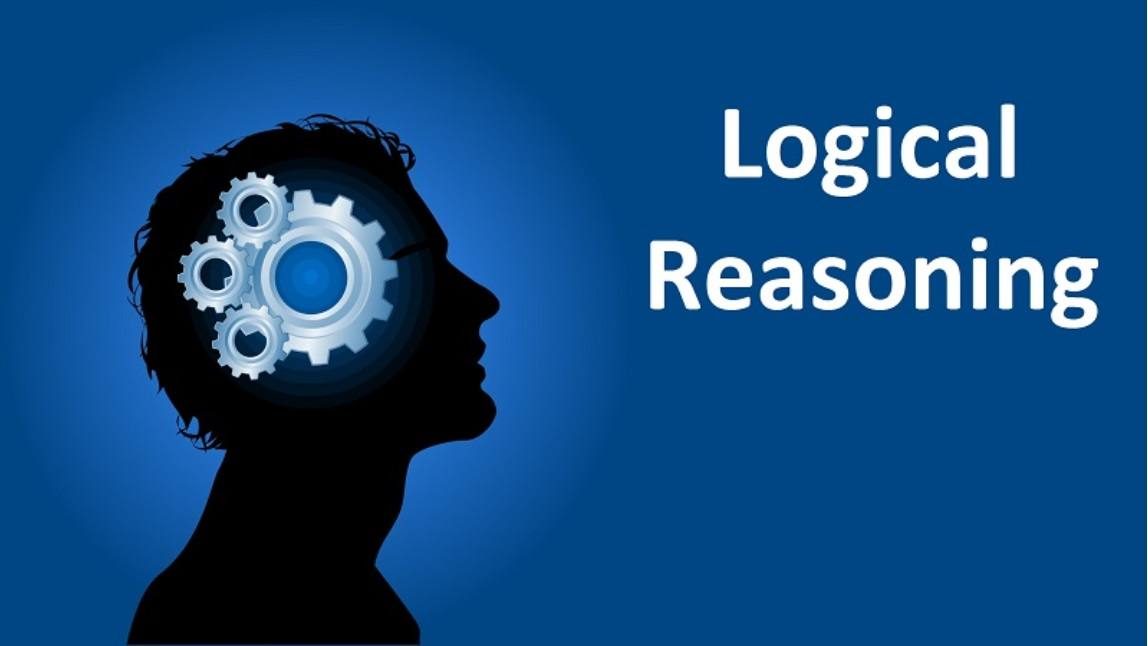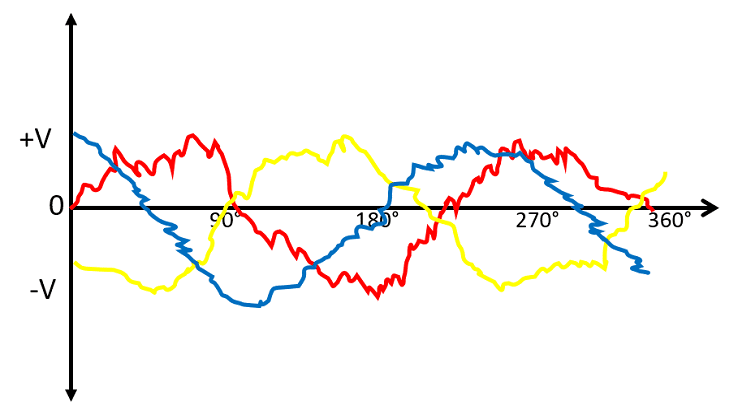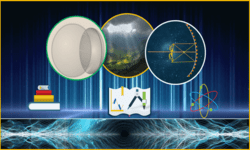



 Tech & IT
Tech & IT
 Business
Business
 Coding & Developer
Coding & Developer
 Finance & Accounting
Finance & Accounting
 Academics
Academics
 Office Applications
Office Applications
 Art & Design
Art & Design
 Marketing
Marketing
 Health & Wellness
Health & Wellness
 Sounds & Music
Sounds & Music
 Lifestyle
Lifestyle
 Photography
Photography
More Learnfly
Business Solution Become an InstructorGIS integrates spatial data for mapping, analysis, and decision-making. It utilizes maps and location-based information, benefiting fields like urban planning, environmental management, and disaster response.












Learn more topics in various categories at one place. Explore unlimited courses in other categories and up-skill yourself today.

 Jazeb Akram
Jazeb Akram 4.2 771159 Beginner Level

 John Hedengren
John Hedengren 4.1 569062 All Level

 Ranjan Pandey
Ranjan Pandey 4.1 346728 All Level

 Muhammad Ahsan Pervaiz
Muhammad Ahsan Pervaiz 4.2 101337 All Level

 Pieter Vliegenthart
Pieter Vliegenthart 4.6 100916 All Level

 Jerome P.
Jerome P. 4.8 100881 All Level

 Senol Atac
Senol Atac 4.9 100091 All Level

 Vikas Munjal
Vikas Munjal 4.8 100064 Beginner Level

 Avinash A
Avinash A 4.8 100013 All Level

 ExpertEase Education
ExpertEase Education20 Lectures

 Kiran Beldar
Kiran Beldar21 Lectures

 Bazeer Ahamed Mohamed Nishad
Bazeer Ahamed Mohamed Nishad14 Lectures
.jpg)
 Naman kumar Gandhi
Naman kumar Gandhi 8 Lectures
.jpg)
 Naman kumar Gandhi
Naman kumar Gandhi 24 Lectures

 Nour ElAkhdar
Nour ElAkhdar18 Lectures

 Nour ElAkhdar
Nour ElAkhdar12 Lectures
.png)
 Nour ElAkhdar
Nour ElAkhdar19 Lectures

 Nour ElAkhdar
Nour ElAkhdar14 Lectures

 Dr. Kiran Derle
Dr. Kiran Derle29 Lectures

 Dr. Kiran Derle
Dr. Kiran Derle55 Lectures

 Shivkumar Iyer
Shivkumar Iyer8 Lectures

 Edu Mark India
Edu Mark India30 Lectures

 MUSTAFA VARICI
MUSTAFA VARICI80 Lectures

 MUSTAFA VARICI
MUSTAFA VARICI58 Lectures

 Gilad James, PhD
Gilad James, PhD31 Lectures

 Gilad James, PhD
Gilad James, PhD17 Lectures

 MUSTAFA VARICI
MUSTAFA VARICI76 Lectures

 Krunal Shah
Krunal Shah26 Lectures

 John Peterson
John Peterson6 Lectures

 Taimor Khan
Taimor Khan68 Lectures

 Sumit Saha (Ph.D)
Sumit Saha (Ph.D)105 Lectures

 Dwijaraja Gore
Dwijaraja Gore17 Lectures

 Steve Liguori
Steve Liguori25 Lectures

 Steve Liguori
Steve Liguori25 Lectures

 Salih Zinaty
Salih Zinaty66 Lectures

 Elite Education
Elite Education6 Lectures

 Ziad Baraka
Ziad Baraka33 Lectures
GIS, or Geographic Information System, is a technology that captures, analyzes, and visualizes spatial and geographic data. It integrates various types of information, such as maps, satellite imagery, and attribute data, to provide a comprehensive understanding of geographic patterns and relationships.
GIS is important for its ability to analyze and interpret spatial data, helping in decision-making, resource management, and understanding complex geographic relationships. It has applications in diverse fields such as urban planning, environmental science, disaster management, and public health.
Key components include spatial data (geographic information), hardware (computers and devices), software (GIS applications), and human resources (GIS professionals and users). GIS combines these elements to collect, analyze, and visualize geographic information.
GIS facilitates mapping by integrating various layers of spatial data, allowing users to create detailed and interactive maps. Spatial analysis in GIS involves examining patterns, relationships, and trends within geographic data, providing valuable insights for decision-makers.
GIS has applications in urban planning, environmental monitoring, natural resource management, disaster response, transportation planning, and epidemiology. It is used to analyze and solve complex spatial problems, making it a versatile tool in various industries and research fields.






